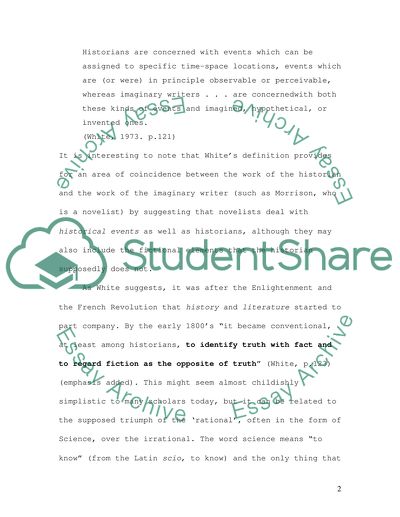Cite this document
(“Historians Can't Speculate Essay Example | Topics and Well Written Essays - 3500 words”, n.d.)
Historians Can't Speculate Essay Example | Topics and Well Written Essays - 3500 words. Retrieved from https://studentshare.org/history/1503155-history-and-fiction
Historians Can't Speculate Essay Example | Topics and Well Written Essays - 3500 words. Retrieved from https://studentshare.org/history/1503155-history-and-fiction
(Historians Can'T Speculate Essay Example | Topics and Well Written Essays - 3500 Words)
Historians Can'T Speculate Essay Example | Topics and Well Written Essays - 3500 Words. https://studentshare.org/history/1503155-history-and-fiction.
Historians Can'T Speculate Essay Example | Topics and Well Written Essays - 3500 Words. https://studentshare.org/history/1503155-history-and-fiction.
“Historians Can'T Speculate Essay Example | Topics and Well Written Essays - 3500 Words”, n.d. https://studentshare.org/history/1503155-history-and-fiction.


